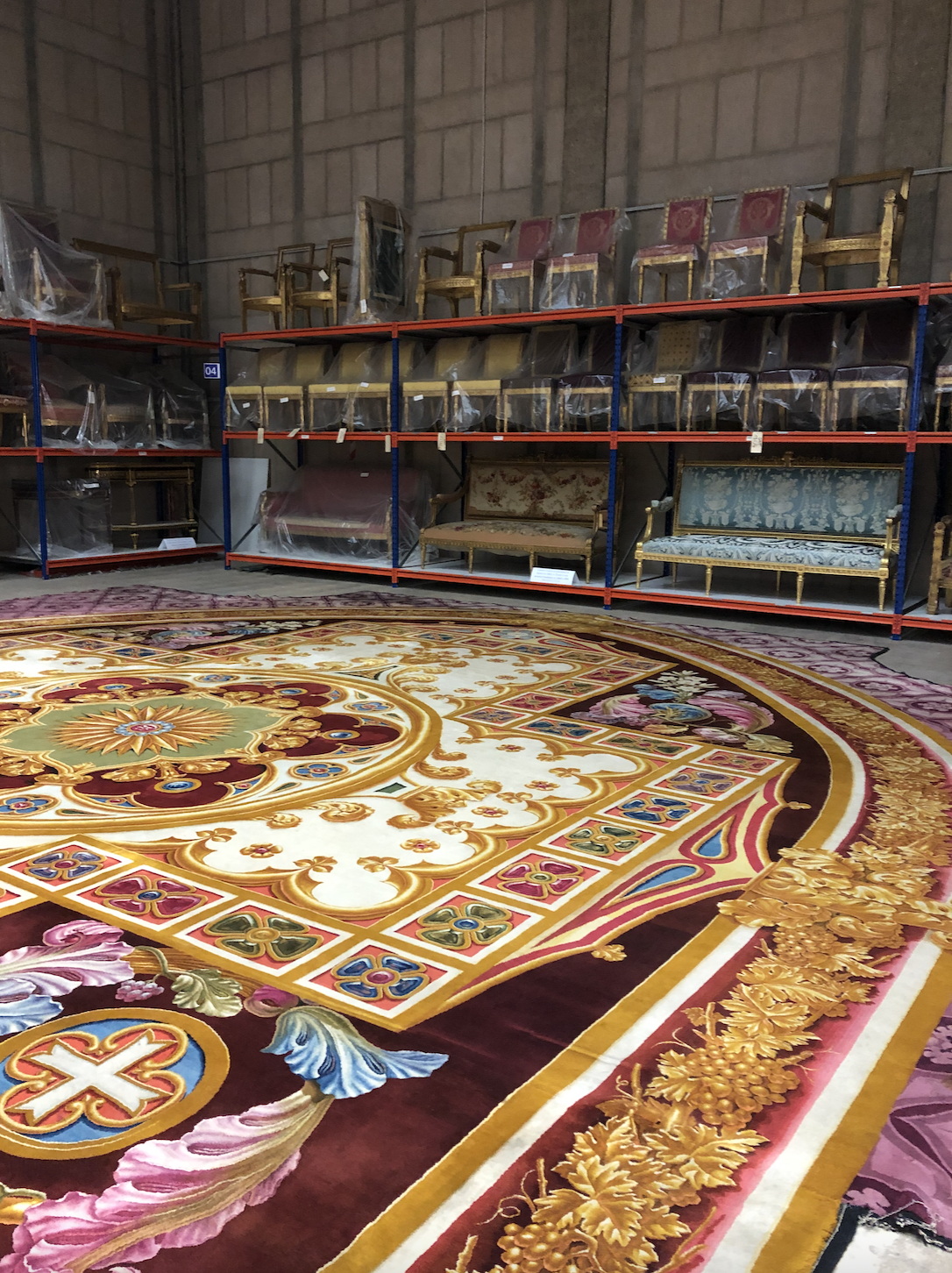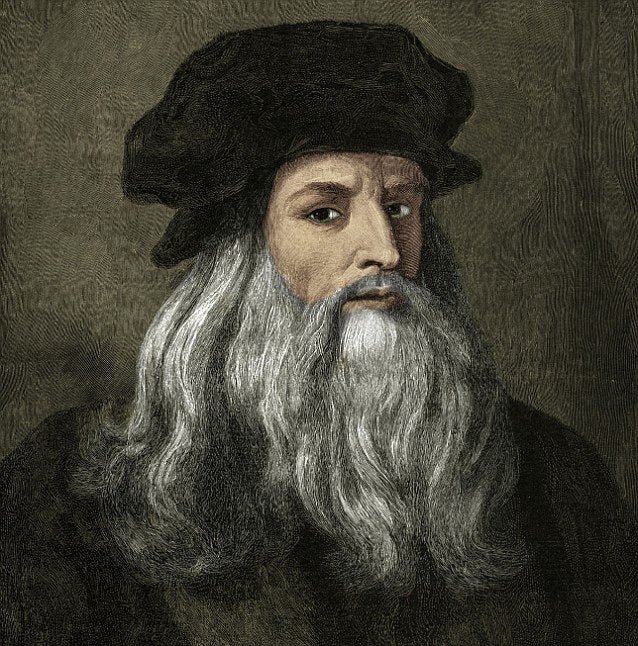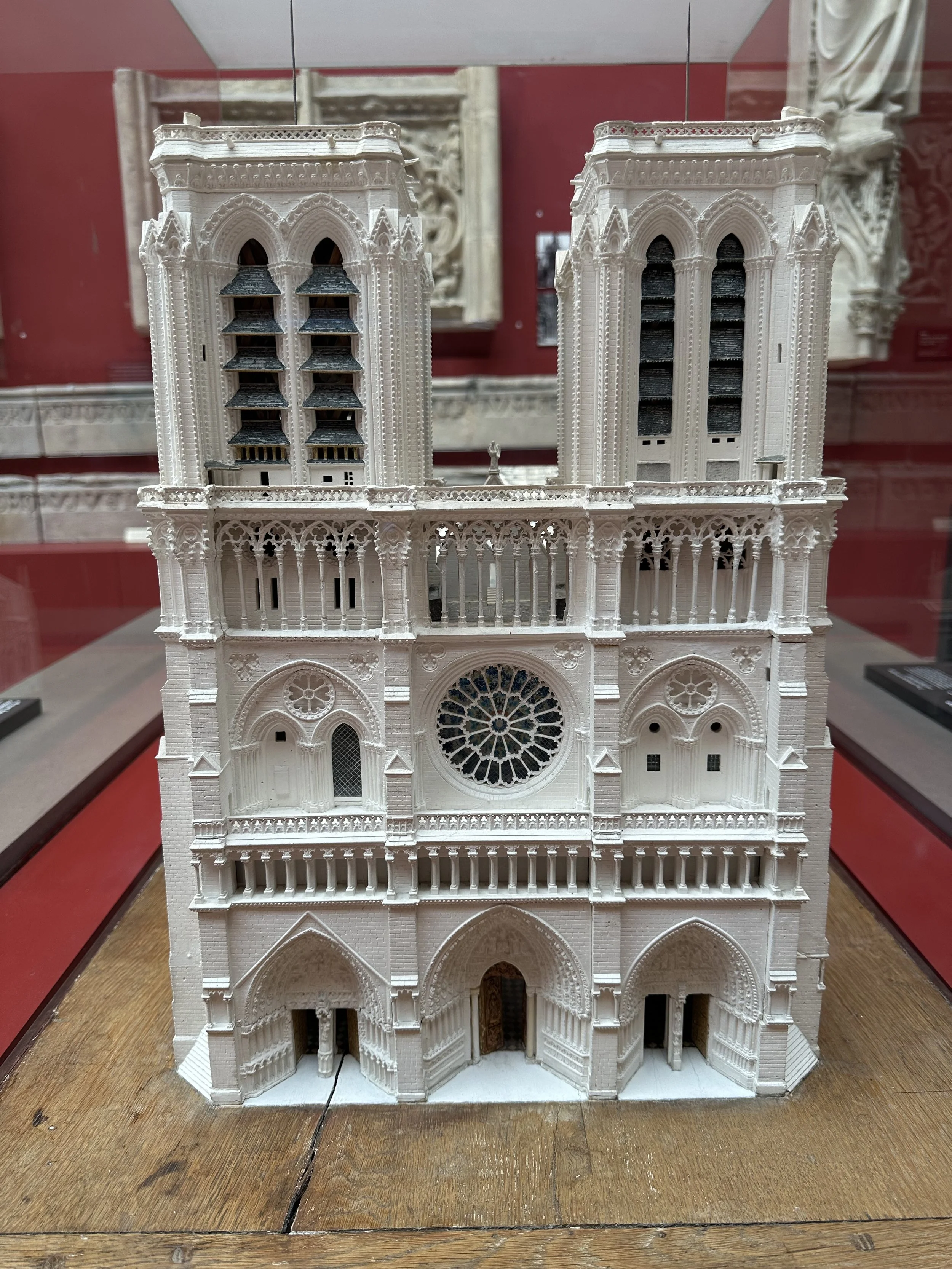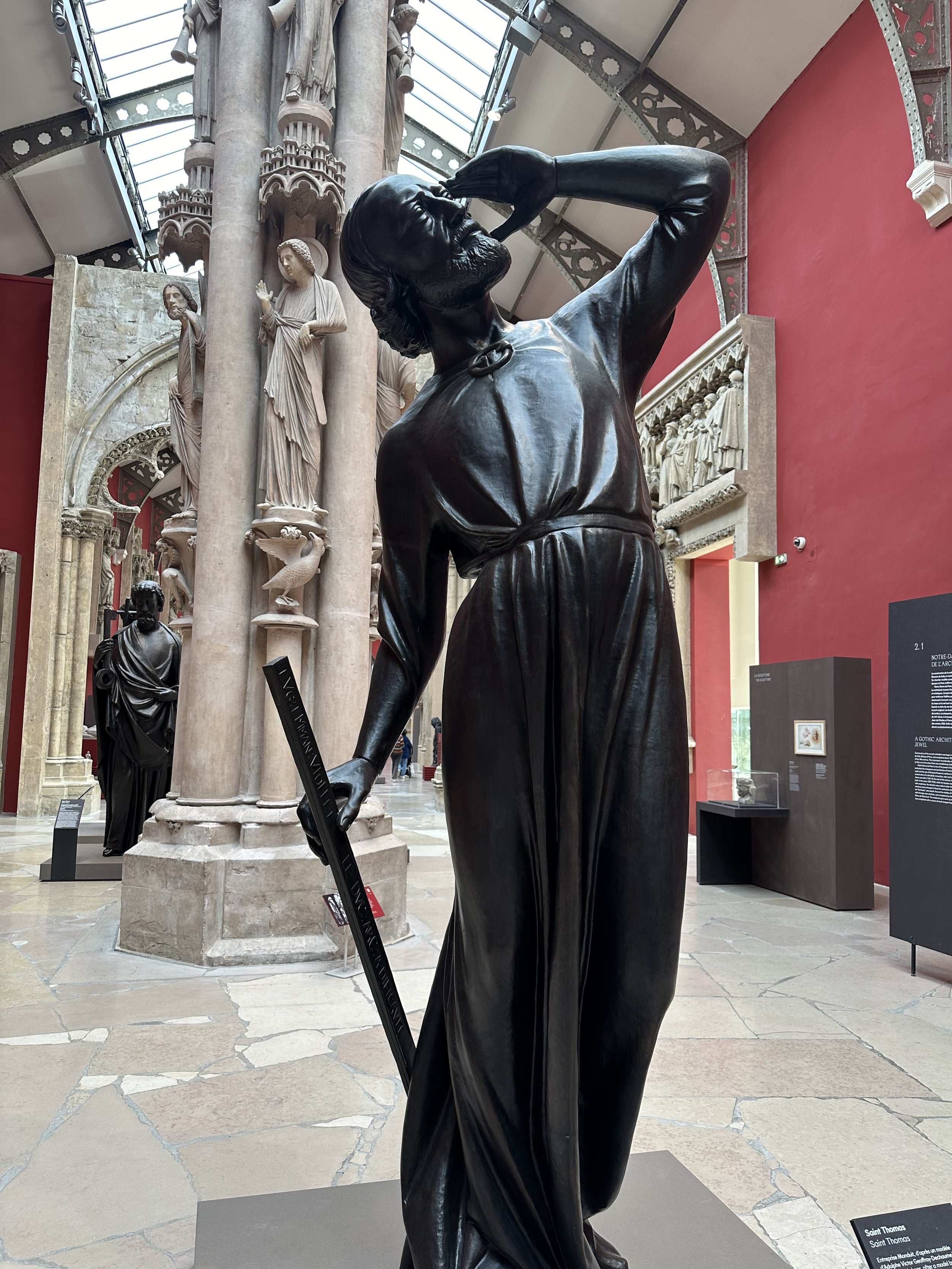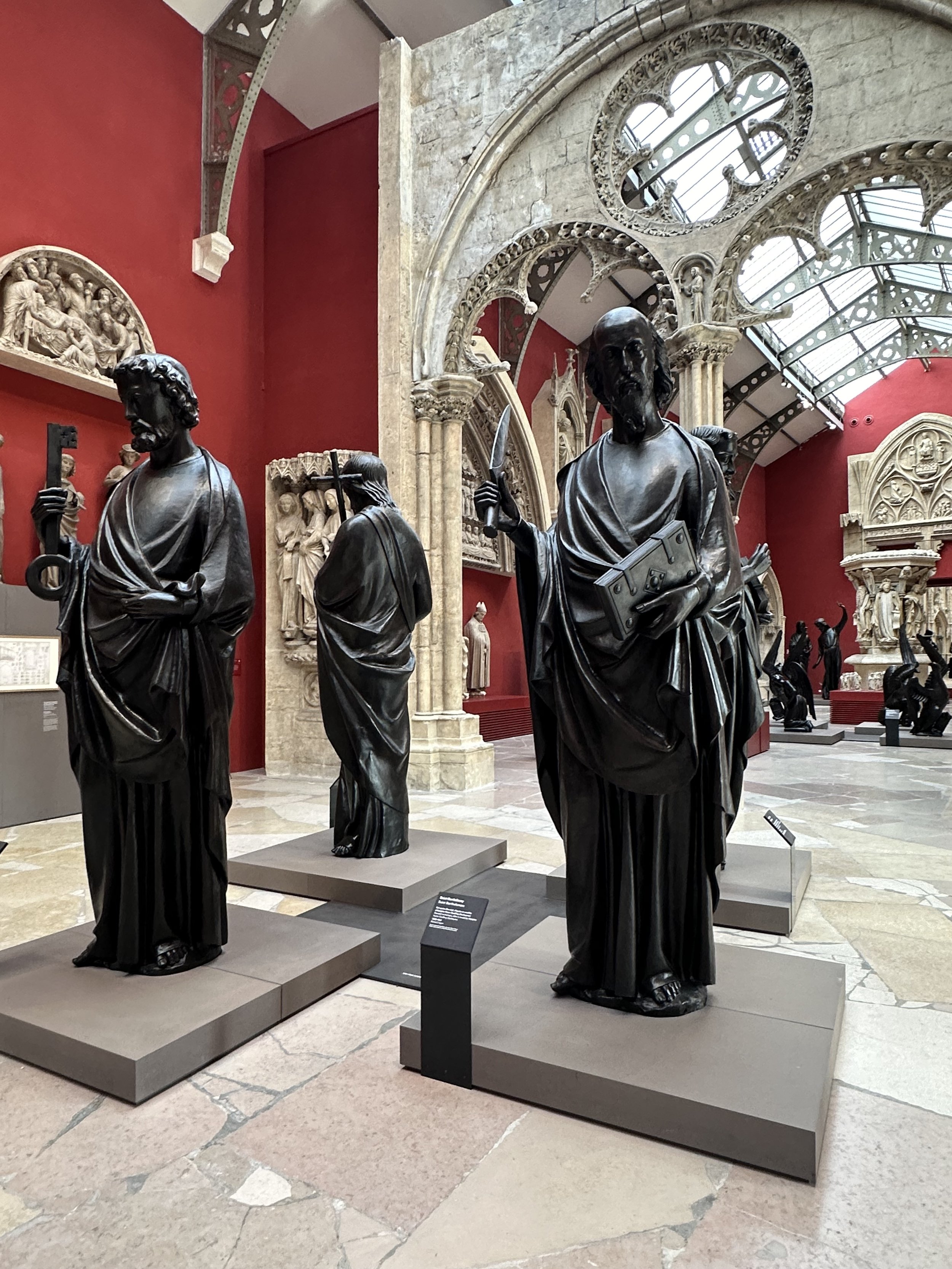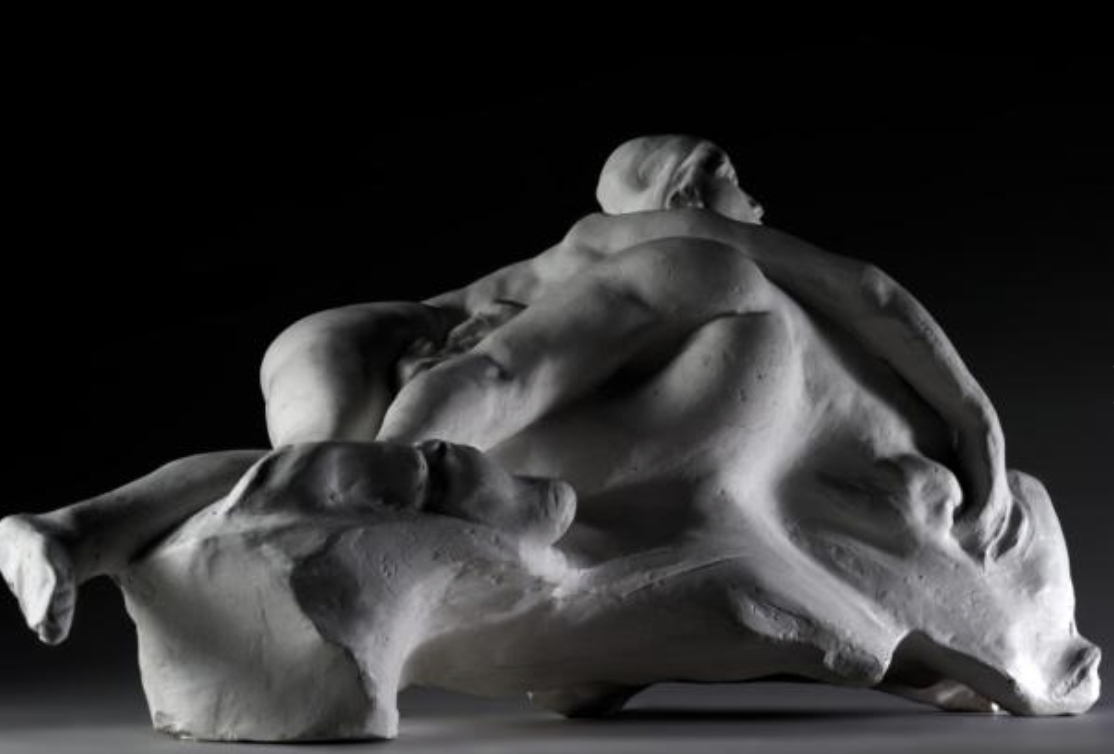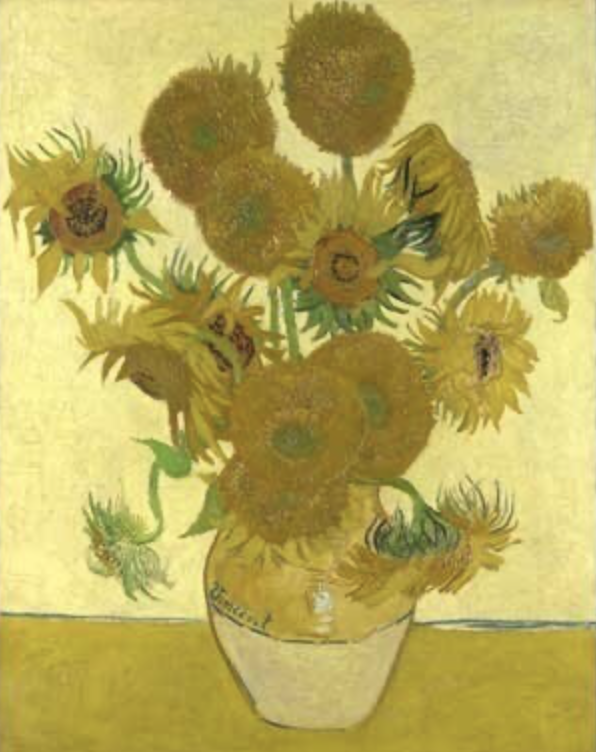Since August 28, 1911 there has been a line at the Louvre and in the age of mass tourism its reached a breaking point. For years the staff of the Louvre have held “meetings” which are really mini-strikes due to the conditions of the small rooms filled with people but the biggest culprit is the Mona Lisa herself.
She has moved around the Denon wing from the Salon Carré to Grande Galerie until she finally moved to the Salle des États in 1966.
Created under Napoleon III after he named himself Emperor, the Salle des États had a high ceiling with an upper balcony that members of the government could look down upon the Emperor. The ceiling above was covered with a painting by Charles-Louis Muller representing religion, charity, agriculture, commerce, and the arts with Sainte Geneviève and Clovis on either end. Above each door, Muller added the Triumph of Napoleon & Charlemagne.
After Napoleon III ousting in 1870 the directors of the Louvre decided they needed more space and began to take over the rooms on the north side of the Denon wing. On October 27, 1886 the Salle des États was opened as a part of the museum where visitors would find the paintings of French artists including David, Ingres and Gros under a new glass ceiling allowing the natural light in from above.
Today the same room is devoid of any special decor. The ceilings and the walls no longer have sculptures or allegories and instead of an Emperor, it's the Mona Lisa that rules the room.
As we know the popularity of the Mona Lisa skyrocketed after her theft and return in 1914 and her constant movement tried to reflect the many visitors that flooded the Denon to find her. After her return from WWI, she was tucked into the Tribune of the Grande Galerie and surrounded by paintings of Raphael, Titian, and Caravaggio.
After WWII she spent a year in the Salle Daru where Napoleon reigns over David’s Coronation. Then back to the Tribune until she was getting her own space in the Salle des États. Which is often incorrectly mentioned as the largest room in the Louvre.
That all may change in the next few years.
In the last week a interview with directress of the Louvre Laurence des Cars mentioned that at the start of April 2024 a meeting was held between high ranking members of the museum to once and for all address the problem that is the Mona Lisa.
However, not so fast there. This story has made it across the world in lighting speed because it is the Mona Lisa and in true form the message changes as it goes like an old game of telephone.
First things first, this is not a new idea. Since the late 1980s when IM Pei was creating the Pyramid entrance it was discussed and the attendance of 5 million at that time was half of what it is today. A lot was changing and the entire Richelieu wing was remodeled and added to the museum so she was pushed aside.
In 2016 it was reviewed again when other work below the pyramid was tackled including adding the amphitheater and expanding the exhibition area. They couldn’t find the space, or the money and it was shelved and an overhaul to the Salle des États was planned instead.
In 2019, the Leonard da Vinci exhibition celebrating the 500th anniversary of his death was planned for the Louvre. (May 2, 1519) For close to ten years Vincent Delieuvin, chief curator of the 16th century Italian paintings worked with museums around the world to bring the greatest examples from the life of da Vinci from his drawings to paintings to the Louvre. The Grande Dame wasn’t going to leave her room but she did get a new upgrade with walls that were painted a beautiful Prussian Blue.
From July 17 to October 15, 2019, for the first time, she shifted to the northern wing of the Louvre. My beloved quiet and stunning room dedicated to Ruben’s Medicis cycle of 24 paintings in the life of the Queen became the backdrop of chaos. I can tell you that Marie de Medicis would not have been happy being upstaged even by Lisa.
The Louvre reached some powerful conclusions with this move. While the Richelieu wing has only been a part of the museum for 30 years compared to the other two wings it is state of the art but only has one way to move a lot of people up to the 2nd floor. IM Pei created the escalator well bordered by Burgundian limestone climbing to the roof that would see 20,000 people a day for three months.
As people arrived and followed the signs to the Richelieu entrance normally only saw a few hundred people each day if you are lucky suddenly became overrun. Visitors would scan their ticket and be asked if they were hoping to see Lisa, when they answered yes, they lined up into the first set of stanchions. Then came the escalators which were turned off so that they could just be crammed with visitors. Once they reached the top floor more stanchions awaited before they finally snaked their way into the Medicis gallery to find more stanchions and were given only a few seconds to see her in her makeship wall.
After they were pushed down through the Escalier Lefuel and out into the Court Puget the Louvre was able to control and count exactly how many people came to see the most famous woman in the world.
In 1914, Vincenzo Peruggia’s lawyer argued at the trial that in the end nothing was lost. The Louvre got endless attention from the media around the world and the relationship between France and Italy improved greatly since the days of Napoleon. New members of the Amis du Louvre flooded in and anything with the image of the Mona Lisa was sure to be a bestseller.
They were able to control and track every person coming into the museum to visit Lisa with endless stanchions on multiple floors. In the end, they revealed that 80% of the people every day come to just see her. Close to ⅓ of those tickets each day are free, so let’s say 20,000 people a day to see the Mona Lisa that pay for a ticket. That is a total of 323,000€ made each day on ticket sales. The Louvre is opened 311 days a year, which is 100,453,000€ made off one painting all because Vincenzo Peruggia decided to steal her, so yes, it was very beneficial. This doesn’t even account for all the items they sell with her image which are the top sellers of the many shops inside the Louvre.
He wasn’t wrong and the Louvre today, 110 years later can count that 80% of the people that come every day come to see her. Just before the summer of 2023 the director of the Louvre, Laurence des Cars lowered the ticket threshold to 30,000 a day from 40, 000.
The Mona Lisa may be the original clickbait, long before we even had the internet. For over a hundred years protesters have attacked her to draw attention to their plight and most recently a rather unknown website created a huge buzz that went all the way to the office of the president of the Louvre.
Coupon Birds.com on February 21, 2024 published its finding from annalysing the reviews on their website of 18,176 people. They found the highest ranked “”disappointment” “over ranked” piece of art in the world is the Mona Lisa at 37.1%. 127 people mentioned it was the crowds that made it unbearable (can’t disagree) and most said that even coming to the museum was a disappointment. Hold my wine, I need to find each and every one of these jerks!
It gets worse! The 2nd most overrated? Delacroix’s Liberty Leading the People. Now those are fighting words.
Although it is understandable that the room is horrible, that is not because of the Louvre. It is because of the over-saturation of tourism and the behavior of people. I have spent many hours in the room where Lisa lives and it’s not the room or the staff that makes me want to run, it is the often rude, pushy, and ill-mannered visitors who only care about getting a selfie and leaving. I have witnessed pushing matches, yelling, and thousands of people who don’t even look at her. They snap a selfie to say they were there and move on.
The Mona Lisa issue is a catch-22. While if you really wanted to have a moment to really study her and look at her it is not the setting for that. The double snaking stanchions disappeared in the fall of 2023 and now is an open mosh pit where the staff of six that must be on guard at all times rarely manages. When a 30-second or so limit was given years ago they let people stand as long as they wanted, or however long they could handle an elbow jab. Although it’s not unlimited time to study her, the majority are taking full-fledged fashion shoots to say they were there.
I have been lucky to be alone with her for long stretches of time and what really changed my mind about what an amazing piece of art she truly is. I wish so many others could have that chance but in this day and age, I doubt it will ever happen.
In 2019 in the New York Times, Jason Farago wrote an article titled “It’s time to take down the Mona Lisa” in his article he called her the Kim Kardashian of 16th-century portraits which is a name I would never want to see in the same paragraph of the Louvre but he had many valid points. The Louvre is suffocating under the weight of the Mona Lisa and over-tourism and five years later it is finally being taken seriously.
Laurence des Cars on April 27 was on France Inter radio and said it must be addressed and she has been doing that since she arrived. In September 2022, just a year into her reign as the queen of the Louvre proposed a plan to Emmanuel Macron to create a space to hold Lisa. It was then passed to the mayor Anne Hildalgo and the ministry of culture.
At that same time, she also proposed the idea of re-adding the former entrance into the royal palace on the Eastern edge overlooking the Eglise Saint Germain l’Auxerrois to alleviate the pressure on the Pyramid. That nugget leaked out to the press but the other part was wrapped up tight until today. The plan is to also build a space just for Lisa that people could visit just as they enter the back entrance.
A separate timed ticked should also be added and I hope an entire education of who she is, more about the process and groundbreaking techniques Leonard used, and why she really is the most famous woman in the world and not just because she was stolen.
The project is thought to cost 500 million euros, a drop in the bucket for LVMH or another wealthy company dying to have their name listed next to the most famous woman in the world.
Coming up in Part 7 - a scientific look at Lisa and how unless they intervene we will begin to lose her smile a bit every single year.
























